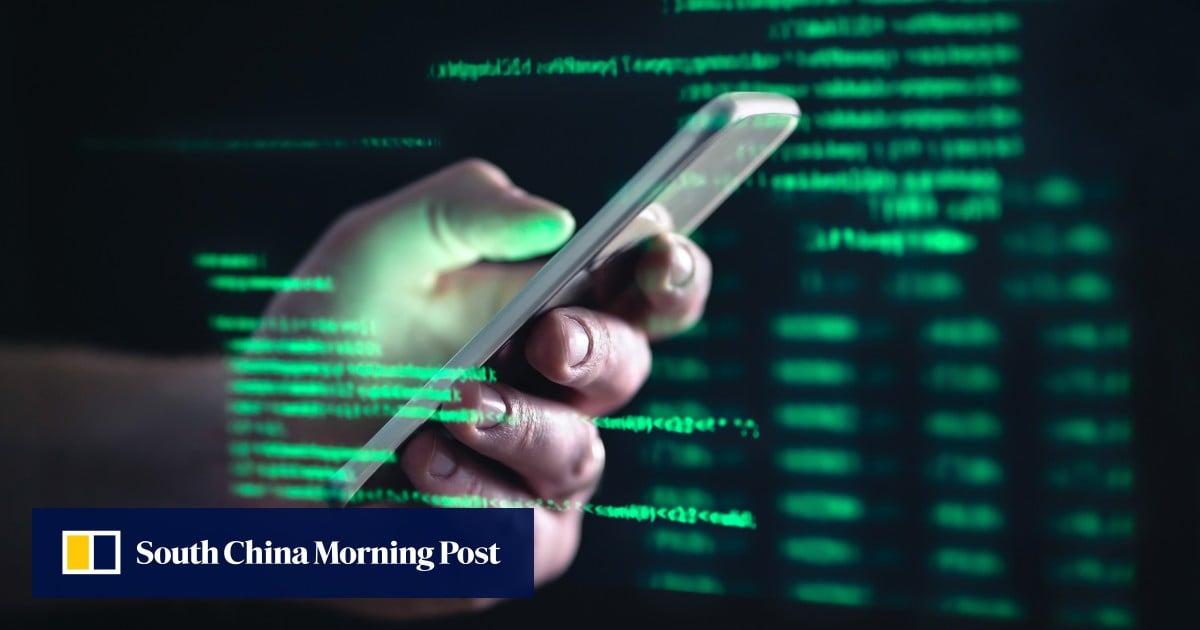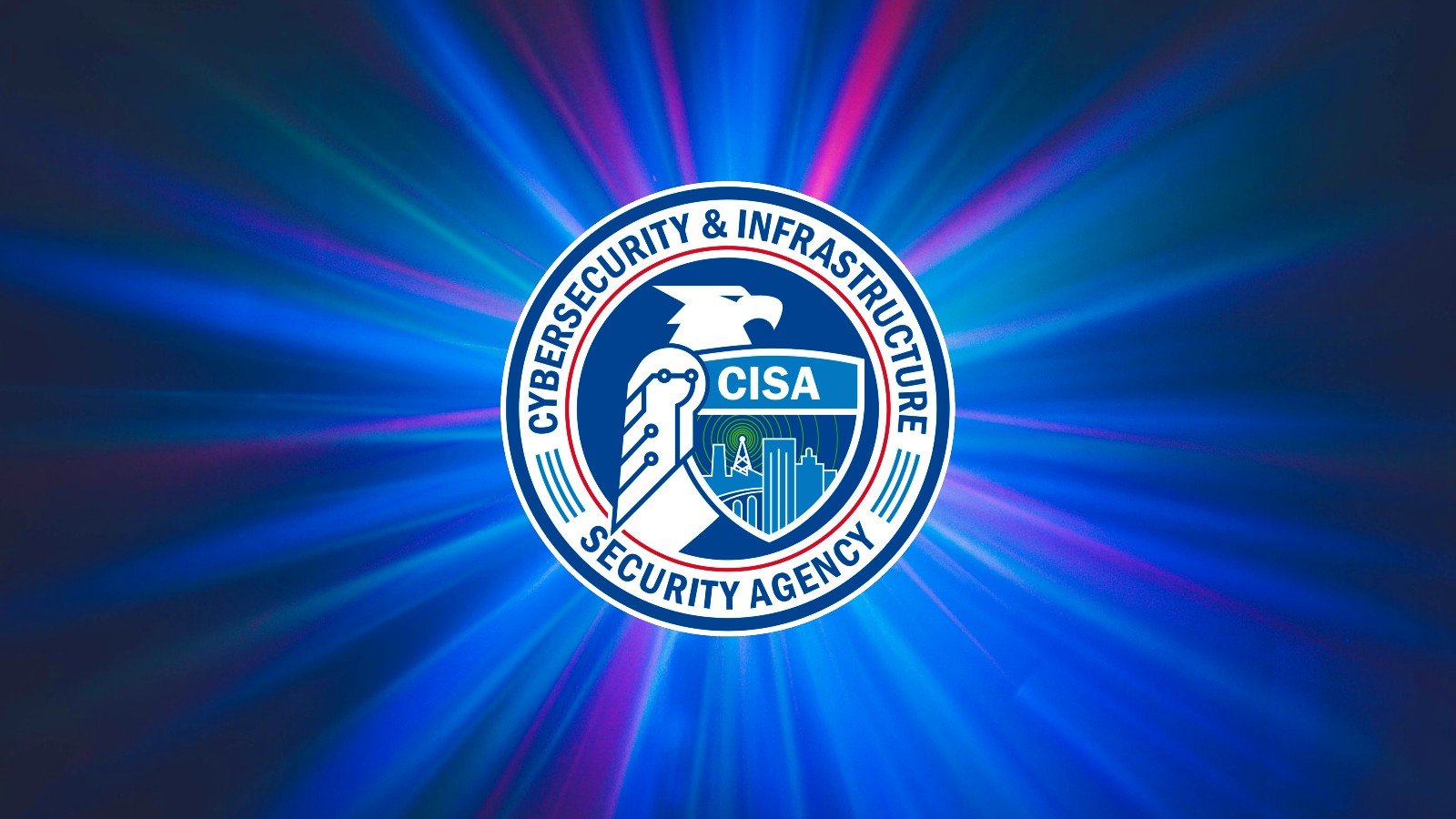The mass phishing campaign has been attributed to a threat actor that CERT-UA tracks as UAC-0050, with the agency describing the activity as likely motivated by espionage given the toolset employed.
Bogus apps impersonated banks, media players, and others to steal data from victims’ smartphones. Registered subscribers for servers were individuals in mainland China, the Philippines, and Cambodia.
Threat actors are providing pre-made, counterfeit cryptocurrency webpages that are being used as phishing baits under a malicious campaign dubbed Crypto Drainer to steal assets from wallets. These phishing pages purport to mint non-fungible tokens (NFTs) and use third-party services and applications that are common in the crypto sphere. Investors are recommended to practice caution and […]
Medusa is an old malware strain (not to be confused with the same-name Android trojan) being advertised in darknet markets since 2015, which later added HTTP-based DDoS capabilities in 2017.
The round was led by Tikehau Capital’s European Cybersecurity Growth Fund, with participation from existing investors eCAPITAL Entrepreneurial Partners and Caixa Capital Risc.
Threats surrounding VMware ESXi servers have multiplied. At least two ransomware variants, including Royal Ransomware and ESXiArgs, were found launching attacks on the servers. The latter exploits an old VMware flaw, identified as CVE-2021-21974. With this, they has joined the likes of Black Basta, LockBit, BlackMatter, AvosLocker, REvil, HelloKitty, RansomEXX, and Hive to target Linux systems.
While the documents describing the Dingo Token claimed that the scheme charged 10% per transaction, Check Point researchers found 47 transactions where the total fee per transaction had been increased to 99%.
While many devices were encrypted, the attack campaign was largely unsuccessful as the threat actors failed to encrypt flat files, where the data for virtual disks are stored.
Although Patrick Hinchy promoted the software as legal, it required users to install it on other adults’ mobile devices, which breaks federal and New York state laws, according to attorney general Leticia James.
The money laundering group, including Denis Mihaqlovic Dubnikov, used various financial transactions, including international ones, to hide the origin, location, and identity of those who received the ransom payments.









